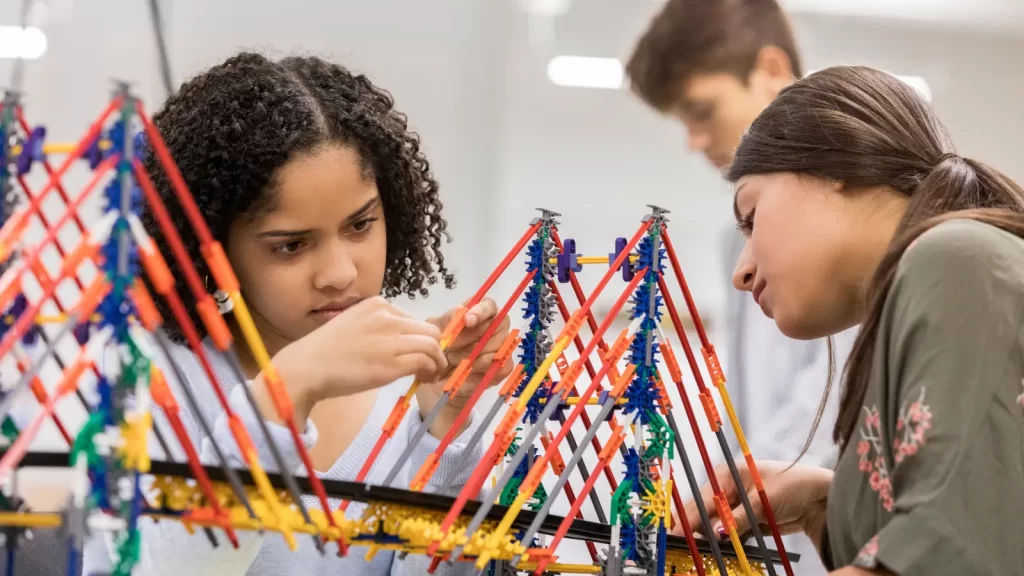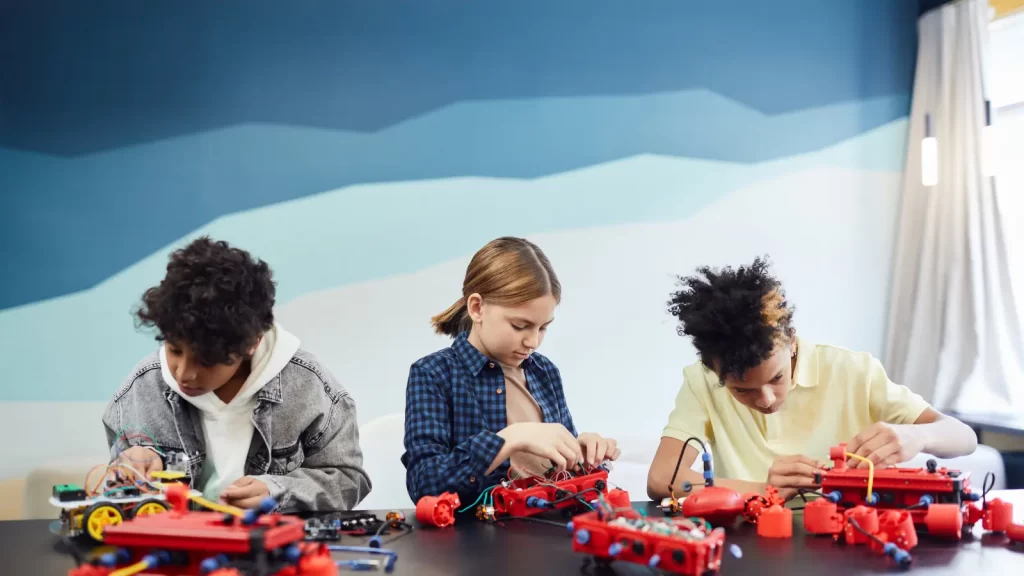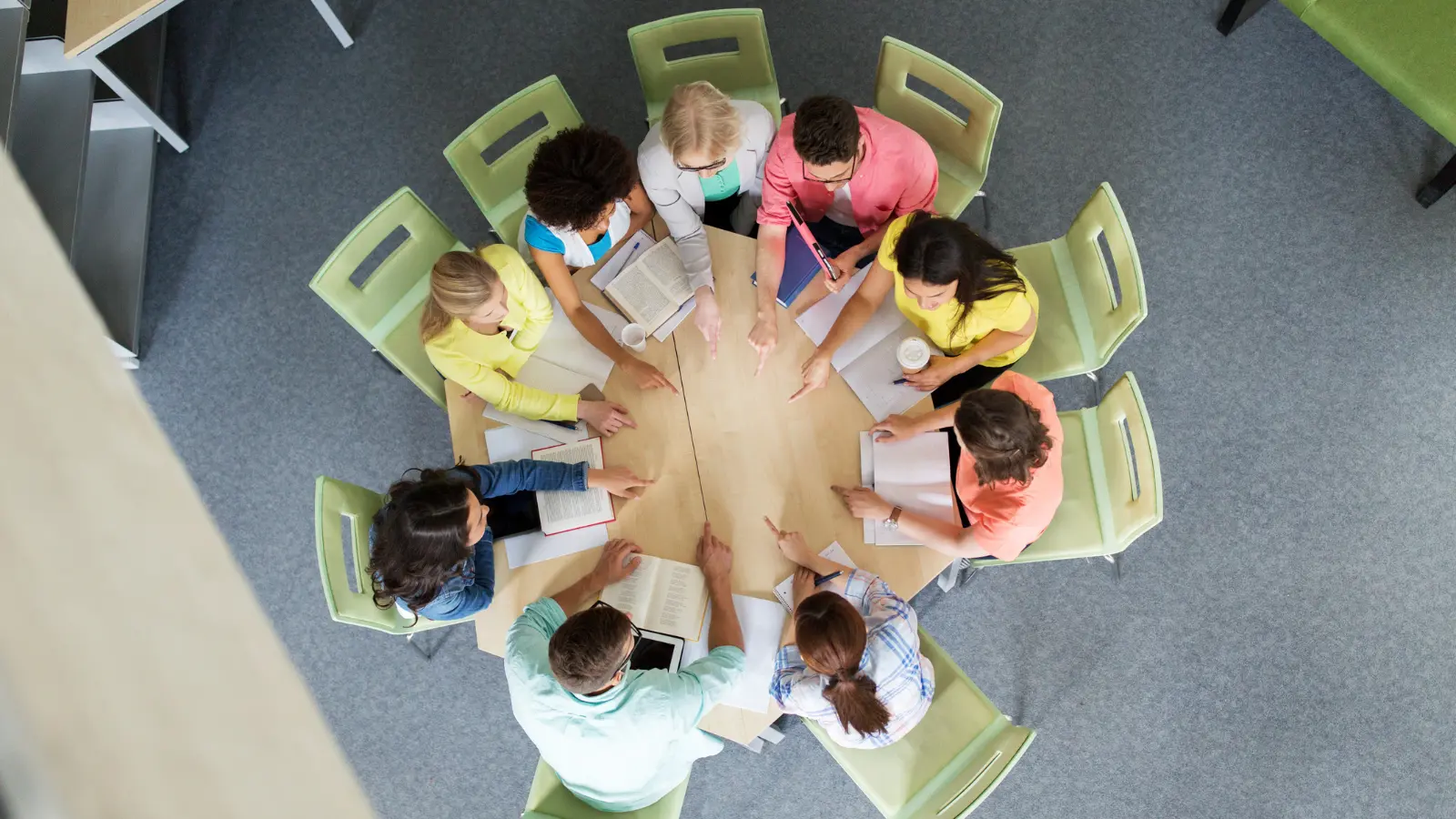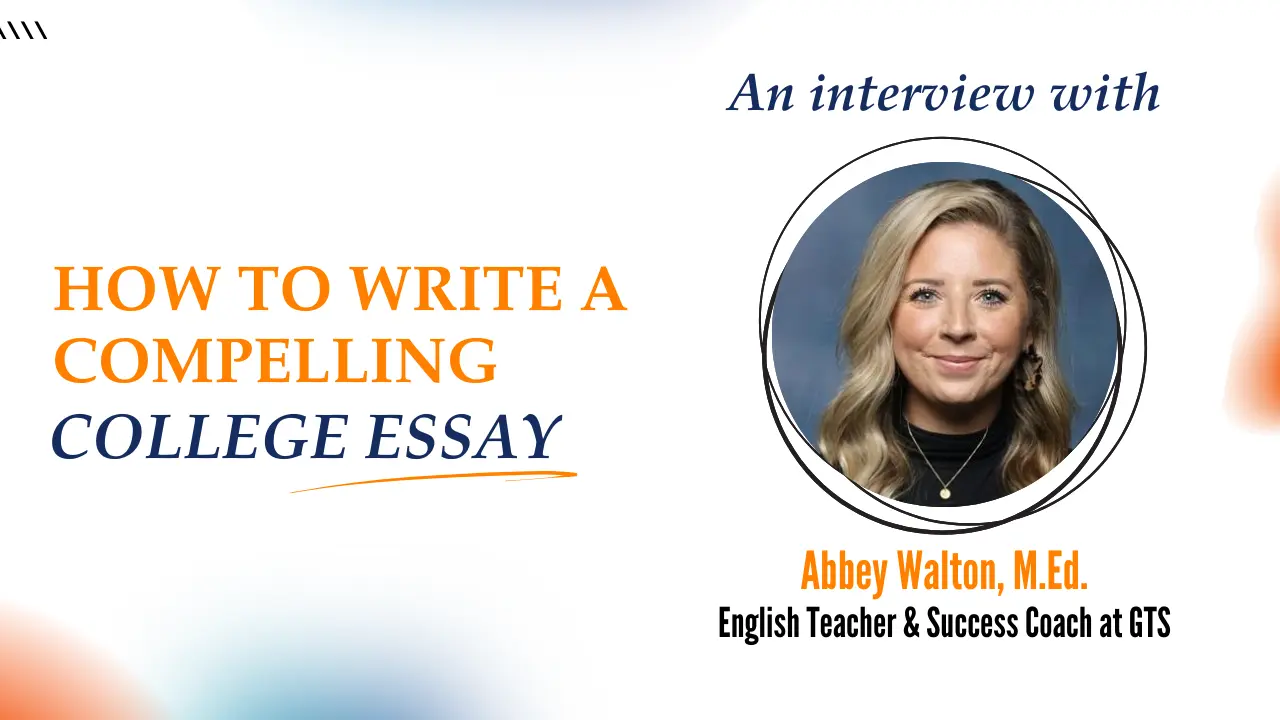Today’s classrooms are facing a growing shift towards student-centered learning (SCL). SCL is a learning approach that assumes students aren’t empty vessels but active participants in their education. Each student brings unique strengths and interests to the table and student-centered learning honors these differences.
But what exactly is student-centered learning, and why is it getting so much traction? In this article, we’re going to try to cover different aspects of it. We’ll talk about what it is, its benefits, and how we can apply student-centered learning in our educational systems. We’ll also burst some myths about student-centered learning and talk about the solutions to the common problems in pursuing this learning approach. So without further ado, let’s start by understanding what SCL actually means.
What is Student-Centered Learning?
Let’s first understand what student-centered learning is. It’s a philosophy that places students at the heart of the learning process. In the traditional way of teaching, the teacher delivers the education and students absorb it passively. In contrast, SCL places students at the heart of education and gives them a sense of responsibility and agency.
In a student-centered classroom, students contribute to their education. They ask questions, explore ideas, and apply knowledge in real-world applications. Teachers act as facilitators and guide children toward their goals and provide support, whenever needed. They don’t just simply deliver the lecture.
A study found that student-centered teaching methods improve student’s achievements when compared to traditional methods. Students in SCL classrooms score higher grades, have better attendance, and improved attitude towards learning.
Common Misconceptions About SCL
Student-centered learning is becoming popular each day. But people still get it wrong. Some think it lets students do whatever they want with no rules. Others think that it makes learning easier and less valuable. But none of it is true.
To do SCL right, it takes planning and careful work. Teachers should set up a structured classroom with clear goals and expectations. But students should make the choices about how they learn. The focus of learning should be on understanding things deeply and thinking critically, not just memorizing facts. This type of learning can make school work even more challenging and help students develop higher-level thinking skills.
Student-centered learning doesn’t remotely mean that teachers do nothing. They create interesting activities for students, give them feedback, and adjust their teaching to help each student. The whole point is to create a classroom where students are involved, interested, and encouraged to do their best.
Key Characteristics of Student-Centered Learning
Student-centered learning is more than just a teaching method. It’s a holistic approach. It has different aspects that come together and make learning empowering and exciting. Let’s look at the three most important parts of student-centered learning. These are voice, choice, and competency based progression.
Voice in Learning
In a student-centered classroom, students get to speak up about how they are going to learn. They can share their ideas, ask questions, and help decide things. All of this makes them feel like they own their learning and thus they get more interested in it. When they feel that their ideas are important and what they do matters, they are more likely to perform better. It makes them more confident and they become happier. They give their best and achieve higher academically.
Choice in Learning
Choice is another big part of student-centered learning. In SCL, students have autonomy to decide how they learn, express themselves, and be creative. They can choose to work alone, in groups, or with the teacher. They might also get to pick topics they like or even decide how they will be tested. When they have the choice, they feel responsible for their education. They care more about their learning and try harder to perform better.
Competency-Based Progression
Competency-based progression means that students move on to new things only when they really understand the old ones. In this way, students learn at their own speeds. No one has to rush, and those who need help get it.

Benefits of Student-Centered Learning
The shift towards student-centered learning isn’t just a fad. It is backed by a lot of benefits for both teachers and students. Let’s look at the advantages of SCL learning.
Student-centered learning helps students develop important skills for the 21st century
Students practice critical thinking, solve problems, work together, and be creative. These skills are not only important in school but are highly helpful in today’s competitive job market. As we have discussed, student-centered learning involves project-based and inquiry-based learning, which makes students much better at critical thinking, communicating, etc. All these are highly sought-after professional skills.
Student-centered learning gets students engaged and motivated
When students have a say in their learning matters, they feel valued and become more involved in learning.
The benefits to student-centered learning go beyond just schoolwork. SCL also builds stronger relationships between students and teachers. Students feel okay for asking questions, asking for help, and sharing their ideas. This makes the classroom a supportive place and relationships thrive on the basis of trust and repect.
Student-centered learning can be used in different kinds of learning environments, both online and in person. It’s flexible and allows students to be more independent. Thus, it is perfect for online learning where students need to take charge of their learning. A systematic review of literature also confirms that student-centered approach is super important for online learning.

How Global Town School embraces Student-Centered Learning
At Global Town School, we follow a student-centered approach from the beginning. Even before accepting a student, we request parents take a test to evaluate if online schooling is a good fit for their children. We call it the “Goodness of Fit test”. After this test, we meet with students and learn more about their academic situation and future goals.
Additionally, if the student is a performing artist, a musician, an entrepreneur or a student-athlete etc. we create a hyper-flexible personalized curriculum to let them pursue their passion. We design their academic path based on their needs with personalized guidance, support and coaching.
Global Town School’s personalized model is the epitome of student-centered learning. Through our personalization, asyncronous, self-paced courses, flexibility, and the success coaching program, students are truly at the helm of their learning.
Students have the autonomy to design their 22-credit graduation requirements anyway they need based on their goals, interests, and strenghts. One student may choose to take mostly math and science courses while another focusing on liberal arts or business. GTS student may also design independent studies with their coaches and teachers and turn it into a credit upon successful completion.
GTS students do not need to complete seat time to earn a course credit as in traditional schools. Our course-based model allows students to study and finish a course at thier pace and move on to the next course.
This allows students to study faster or deeper, take advanced courses,or undertake independent studies based on their interests. Based on students’ interests and goals, we have the ability to design new, integrated courses for our students, too.
Global Town School took the Student-Centered learning to the next level and is simply a school designed around each student.
Conclusion
Student-centered learning is a comprehensive approach that empowers students to become active participants in their own education. By creating a sense of ownership, giving your students choices and personalizing education, you can unlock the true potential of every student.
Transitioning to a student-centered approach is challenging, but its numerous benefits outrun these challenges. Student are more motivated and show better academic performance in SCL environment. They also develop the skills necessary for succeeding in this competitive world.
As teachers and educators, it’s our responsibility to adopt innovative approaches that put our students first rather than clinging onto age-old ways that are no good anymore. Let’s empower our students to become critical thinkers, problem solvers, and lifelong learners so that they can make a better impact on this world.
The next level of Student-centered Learning is Student-centered School and that is exactly what Global Town School does.







